SUMMARY
This is AI generated summarization, which may have errors. For context, always refer to the full article.
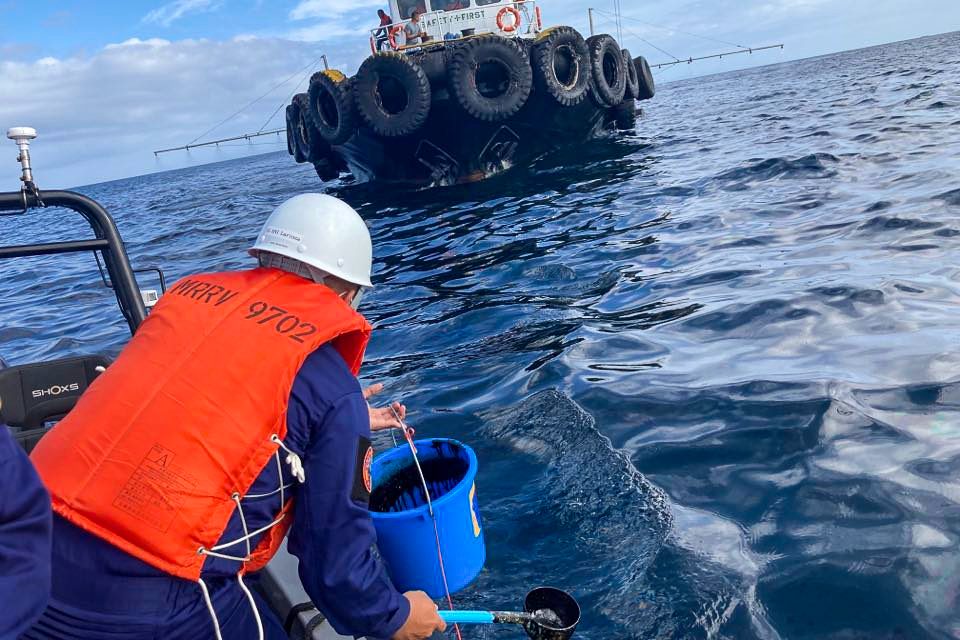
MANILA, Philippines – The MT Princess Empress carrying 800,000 liters of industrial oil capsized in the waters of Naujan, Oriental Mindoro, on February 28, leaving in its trail a massive oil spill.
The Tier 2 oil spill, according to the Philippine Coast Guard (PCG), has affected the provinces of Oriental Mindoro, Palawan, and Antique.

In a Senate hearing on March 14, lawmakers urged the ship owner and government agencies involved to expedite containment of the oil spill. Senator Cynthia Villar, in her privilege speech, said that time is of the essence to avert “further and irreplaceable damage.”
For her part, Senate President Pro Tempore Loren Legarda urged the Marcos administration to designate an “overall in charge” who would oversee and lead the disaster response of the different government agencies involved.
Given the lasting impact of an oil spill disaster, some environmental groups have stressed the importance of containing the oil spill in the soonest possible time especially since oil is a very volatile substance that can spread quickly.
The longer it stays, the farther it goes
Oceana’s senior campaign manager Danny Ocampo explained that because of oil’s volatile nature, it disperses rapidly and leaves a slick – the layer of oil left on the water’s surface that reaches the shore.
The oil must be contained immediately, Ocampo said, because it gets heavy, making it sink into the water – reaching and contaminating other areas such as substrates, rubbles, mangroves, and corals.
The longer the oil stays on the water, the farther it spreads, causing even more damage.
After the spill in Oriental Mindoro, it took three days for the oil to reach Caluya in Antique, and 10 days to reach Taytay, Palawan.
Divius de Jesus, Oceana’s campaign and science specialist, identified areas where an uncontained spill could have an impact:
- Mangrove community – Damage could kill trees and require replanting.
- Water – Water could become unsafe and cause deaths of fishes and other aquatic creatures. The process of fixing water quality takes a long time and requires constant monitoring.
- Sediment contamination
- Wildlife – Birds and other marine animals could die.
- Fisheries – Unsafe water could cause fish kill and contamination of other seafood. This would affect the industry and livelihood of fisherfolk.
- Coral reefs and seagrass – As oil reaches the bottom of the sea, corals and seagrass could get contaminated.
De Jesus stressed that Oriental Mindoro is a “booming site” for tourism. This, along with tourism in Antique and Palawan, will feel the negative effects of the spill. Based on the latest data from the Department of Tourism, a total of 70,376 tourists – overnight foreign and local visitors combined – visited Oriental Mindoro in 2021. Palawan had 60,926 overnight visitors, while Antique had 22,663.
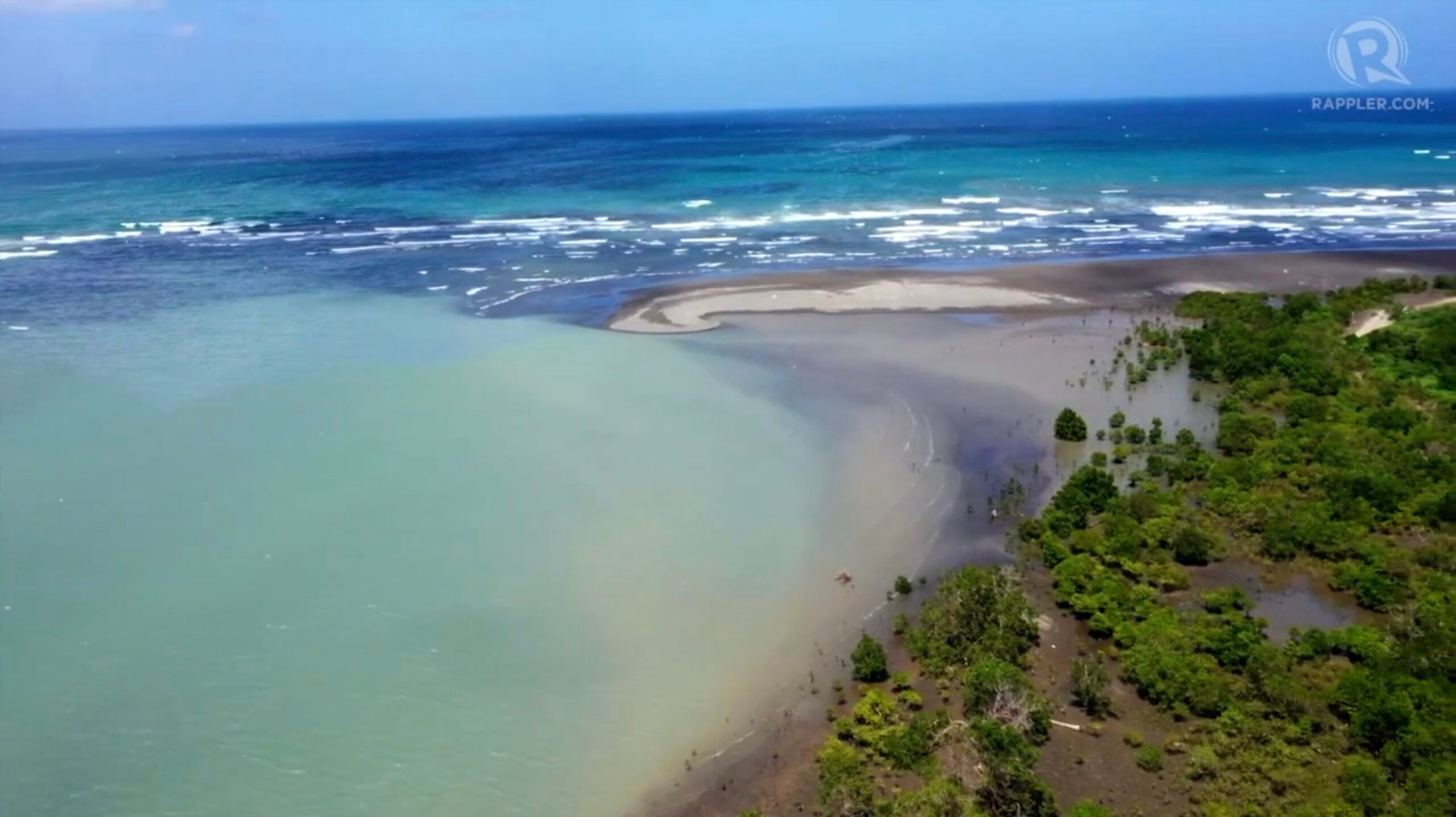
Can’t rely on cleanups alone
Environmental groups said the oil stays in the water forever and can leave a trail of toxicity.
“Oil will always be left in the environment. It can be degraded, broken down, but it’s still there, and it’s toxic. Kaya iyong pinakamahalagang ginagawa ngayon [is] containing the spill (That is why the most important response being done right now is containing the spill),” Jefferson Chua, Greenpeace campaigner, said.
Chua emphasized the importance of using spill booms to contain the oil in the areas affected as these areas are “biosensitive.”
Citing his personal experience in the Guimaras oil spill, as a native of Iloilo, Chua said that during the 2006 disaster, a lot of fish and seafood were banned for consumption in their area. It took years before the water quality returned to safe levels.
But what took longer, he added, was the rehabilitation of marine habitat, as coral reefs and seagrass were adversely affected. The destruction of these habitats disrupts the ecosystem and food chain of fish and other marine animals – stunting their growth and affecting their reproduction.

Bioremediation
Oil degradation, if left to natural recovery, will take a long time, environmental groups said.
Measures such as bioremediation, or the introduction of microorganisms to consume and break down the oil in water, exist to speed up the process of oil degradation.
Although it has been proven to be effective – such as in the cases of Alaska’s Exxon Valdez oil spill in 1989 and America’s Deepwater Horizon oil spill in 2010 – environmental groups said that a thorough scientific assessment of the situation must be considered before resorting to this kind of measure.
Lawyer Liza Osorio, legal and policy director of Oceana, said the bioremediation technique that should be used would depend on what is suited to the environment where it would be applied.
“Pero…anong klaseng microbe iyon? Okay ba iyon sa environment na paglalagyan mo? Iyon ‘yung kailangang i-diskubre ng team – kung sino ang may expertise na dapat i-tap ng ating gobyerno,” Osorio said.
(But what kind of microbe will be used? Is it suited to the environment where you’ll put it? That is what the team needs to discover – those with expertise whom our government needs to tap.)
The United States’ Environmental Protection Agency (EPA) lists two bioremediation approaches: bioaugmentation and biostimulation. Both manipulate the concentration of the oil in affected waters but differ in the material that is added. Bioaugmentation adds “oil-degrading bacteria,” while biostimulation entails adding nutrients to “stimulate the growth of indigenous oil-degraders” in the water.
According to the EPA, bioaugmentation is unlikely to persist in contaminated beaches because of factors such as wave activity. Added oil-degraders are said to “compete poorly with the indigenous population” in the waters.
Biostimulation, on the other hand, to be effective, poses the need to maintain the “optimal nutrient concentration” in the affected area. These nutrients involve a concentration of phosphorus, nitrogen, and oxygen.
Chua said bioremediation requires a lot of money. He added that although effective, the scale of the spill must be considered before resorting to it.
A manufacturing company that provides bioremediation measures said on its website that although effective in most oil spill disasters, bioremediation is a “lengthy and costly” process. It will require studies and assessments, too, to determine if bioremediation is suitable for an area since “not all compounds can be degraded using this method.”

More waste
Another problem spurred by this kind of disaster is the collection and distribution of oily waste.
Chua explained that the volume of oily waste collected is usually 10 times greater than the actual spill itself.
“Bato, lahat ng plastic waste na lumulutang – lahat iyan considered toxic kasi lahat iyan may oil. Ibig sabihin niyan, that should go to proper disposal, in accordance with RA 6969,” Chua said. (Stones, plastic wastes that float on the water – all of those are considered toxic because all are contaminated by oil. That means all should go to proper disposal, in accordance with RA 6969.)
Republic Act No. 6969 is the law that regulates the disposal of hazardous waste that pose “unreasonable risk and or injury to health or the environment.”
The implementing rules and regulations of RA 6969 also mandates that the “waste generator” of the hazardous waste “shall bear the costs for the proper storage, treatment, and disposal” of it.
The Australian Maritime Safety Authority (AMSA) said in its oil spill debris management and disposal guidelines that waste must be “properly stored, transported, and disposed of” in designated disposal sites such as landfills.
It also said that “pre-designated emergency and longer term intermediate areas should be identified” to prevent problems with oil debris storage.

Current situation
While no definite figure on the actual volume of spilled oil has been reported, the National Disaster Risk Reduction Management Council said that as of March 14, about 7,600 liters of oily water have already been collected from offshore operations in Oriental Mindoro and Antique.
The report also said that a total of 31,651 families, involving 145,223 people from 127 barangays in the three provinces, have been affected. In addition, a total of 13 marine protected areas and 61 tourist attractions in Oriental Mindoro have felt the impact of the oil spill.
Approximately 20,000 hectares of coral reefs, 9,900 hectares of mangroves, and 6,000 hectares of seagrass in Oriental Mindoro, Occidental Mindoro, Palawan, and Antique may be affected by the oil spill, the University of the Philippines-Marine Science Institute earlier projected.
The MT Princess Empress, which is submerged 389.1 meters below sea level and located northeast of Pola, Oriental Mindoro, has not been retrieved to this day.
A remotely operated underwater vehicle (ROV) from Japan is set to arrive on March 20 to check the sunken vessel. The ROV will help determine the structural condition of the wreck and check for any ongoing leaks.
Meanwhile, while affected communities wait, the oil continues to spread, posing dreadful consequences. – Rappler.com
Add a comment
How does this make you feel?
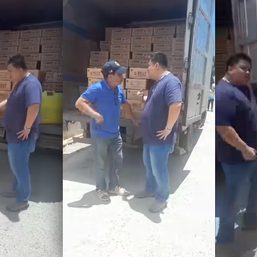
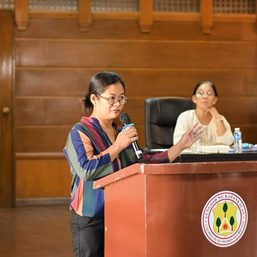
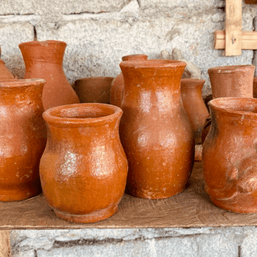




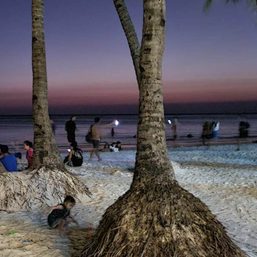



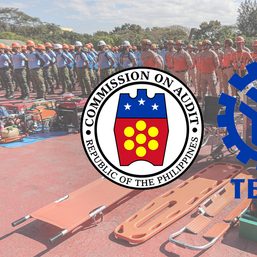
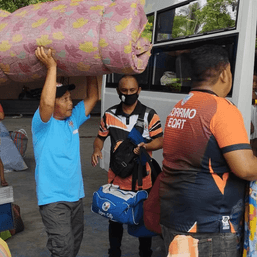

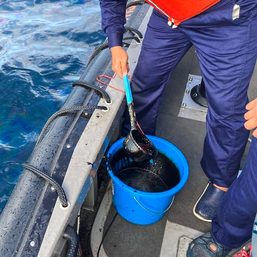
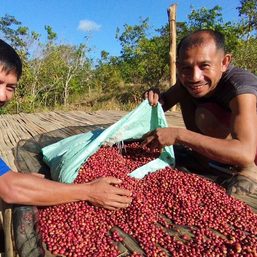
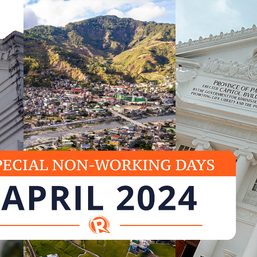

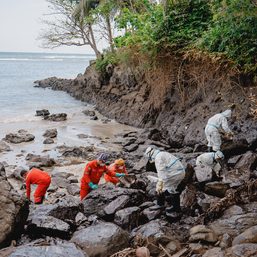



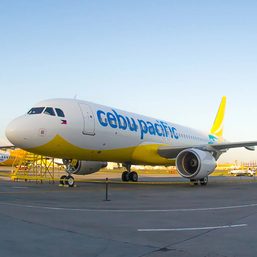

There are no comments yet. Add your comment to start the conversation.